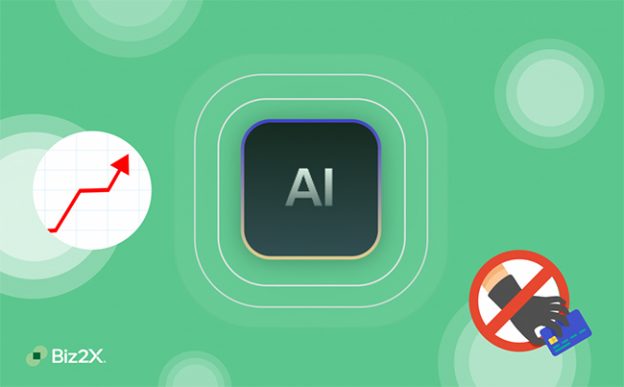AI and Generative AI Use Cases in Banking
Artificial intelligence (AI) is integrated into most functional processes today, including banking. As technology advances, so do the available artificial intelligence applications. Generative artificial intelligence, or GAI, is becoming a common tool in the banking and finance industries, but not without controversy. In fact, in a recent Forbes article, Michael Abbott shares that he believes Generative AI will “radically change banking.” While few dispute Abbott’s statement about GAI changing banking, many other experts are waiting to jump on board with AI until there is more evidence of its impact on the industry. Keep reading to explore how generative AI is changing the banking industry.
What is generative AI?
Generative AI is a type of artificial intelligence that can create specific content at the demand of user prompts. It works when training data is fed into a program, which is later used to create new and original content using learned patterns and structures. Commonly used generative AI applications include chatbots and machine learning models, like ChatGPT, which use a combination of algorithms and natural language processing (NLP) to complete a wide range of tasks including answering questions, writing texts, creating images, and so much more. GAI is also being used in healthcare, where it can help with medical diagnoses and treatment plans, and education, where AI is used to tailor learning experiences to a specific student’s needs.
While AI is often discussed in a positive tone, there are still many skeptics when it comes to using artificial intelligence in industries like healthcare, lending, and finance. As more and more institutions implement AI driven software, banks are finding ways to navigate GAI challenges. Some of the more frequently discussed challenges in scaling AI in banking include integrating large amounts of data, complying with regulations, and infrastructure. However banks are quickly finding solutions including upgrading to mainstream AI Platforms and migrating to advanced analytic platforms.
Some uses of generative AI in banking
Finance and banking are areas where generative AI is helping to create more equitable financial opportunities and positively impact economic growth. Advanced machine learning algorithms are being used to expand the personal services offered at banks and quickly transform the way banks, credit unions, and financial institutions do business. Generative AI can improve risk management, accelerate fraud detection, enhance customer satisfaction, and create more accurate forecasting models.
Risk Management
The adoption of AI in risk management for banks and lenders can be used to quickly identify patterns, calculate risks, and issue faster, more accurate, credit decisions. The speed at which generative AI can detect potential financial risks gives banks adequate time to respond. GAI also aids in risk management for lenders by providing better credit scoring tools for potential borrowers, like Biz2x’s Portfolio DNA and Credit Scorecards. These advanced tools allow lenders to manage their entire portfolios with
Fraud Detection
Using platforms and software integrated with GAI at banks and lending institutions allows them to remain competitive while protecting themselves and their customers from fraud. For example, generative AI can be used to flag suspicious transactions that don’t fit previous patterns. GAI also proactively mines synthetic data and can constantly update detection algorithms, even to detect new or advanced fraud schemes.
Financial Forecasting
Generative artificial intelligence can be used to quickly and accurately identify patterns and relationships in data, which can greatly improve sensitivity analyses. Financial institutions can use this simulated data and the results of an unlimited range of possible outcomes as a tool to make better financial decisions when it comes to investing, security, and lending.
Customer Satisfaction
Like any business, a financial institution’s revenue is based on a combination of attracting new customers and retaining current customers. Generative AI allows banks to enhance their customer experience without expanding their payroll. Examples of improved customer satisfaction can be seen through the use of chatbots to provide on-demand solutions to customer inquiries regarding balances, transfers, and profile updates. GAI is also used to analyze customer data and personalize the product recommendations for each client based on their spending habits and financial goals.
Document Management
A common complaint from borrowers at both small and large organizations is the amount of paperwork associated with loan products. Generative artificial intelligence provides several solutions to this by using AI models to sort through large volumes of documents and provide useful and concise summaries. AI-driven document management allows loan applications to be processed in less time, helping borrowers reach their financial goals faster.
Takeaways
Generative artificial intelligence is here to stay, evolving constantly, and proving to be a valuable asset to banks, credit unions, and other financial institutions. AI helps banks manage and mitigate risk and become more efficient through processes like Biz2X’s Machine Learning Driven Credit Scorecards. Lenders can grow and manage a more inclusive loan portfolio with AI-enhanced risk modeling capabilities and document management, using the real-time insights to better support the underserved small businesses of the economy. The best part about AI is that it is customized, so every bank can choose just how much automation they are ready to incorporate into their daily operations.















